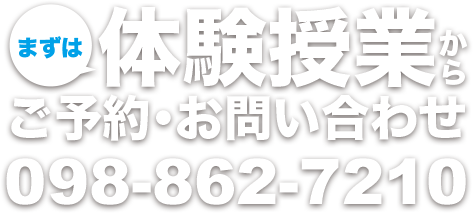〈大問一〉
問1 (1)d (2)c (3)b (4)a (5)c (6)b
問2 (1)〇 (2)〇 (3)△ (4)〇 (5)× (6)×
問3 (1)b (2)b (3)b (4)c
〈大問2〉
問1 (1)d (2)b (3)b (4)d (5)a
問2
(1) 解答例1) Japan’s 2015 child poverty rate stood at 13.9 percent.
解答例2) One in every seven children below 18 years old was in a household living on less than half the national median household income.
(2)解答例1) children who usually eat alone because their parents are busy working
解答例2) children from single-parent households or those on welfare
(3) a chance to meet and know people better and to help solve problems
問3 (1)suffer(2)becoming(3)are(4)proper
〈大問三〉
問1 (1)day(2)rent(3)reservations(4)booked(5)kidding(6)what(7)on(8)vacancy
問2 (A)イ(B)エ
〈大問4〉
(A)このグラフは現代の日本の大学生の問題や課題を浮き彫りにしている。(解答例)
From the graph, we can see the number of students who don’t have time to read books is increasing from 38.7 percent in 2004 to 53.1 percent in 2017. This shows the problems and challenges of contemporary Japanese university students.
First, more and more college students lack vocabulary and knowledge. These things enable you to communicate with others and imagine and creat something. By reading various genres of books, you can acquire a wide vocabulary and knowledge and broaden your mind.
Second, more students have to spend time on things other than studying. For example, being poor, some students must take part-time jobs to pay school fees. Others prioritize job hunting. These keep them from finding time to read.
Thus, University student have to read books to study and learn basic knowledge that will be useful for their studies. Moreover, schools and the government should consider students’ economic situations and create a pleasant learning environment.
(B)このグラフは現代の日本の大学生について特に問題や課題を見いだせない。(解答例)
From this graph, the number of students who do not read reaches 53 percent in 2017.This shows more and more students don’t read books. However, this trend does not reveal any problems or issues with modern Japanese university students.
For one thing, students can gain information and knowledge without reading. College students used to obtain them from lectures and books, but now they can acquire them from the Internet and videos. For example, when learning foreign languages, you can learn with native people through the Internet without books.
In addition, what the university offer has changed. Originally, the university was regarded as a place where students should study the academic field. However, more and more Japanese universities help and persuade them to look for a job. As a result, more students focus on job hunting.
For these reasons, the tendency to read less is not a big issue nowadays, as many tools have replaced books and many students have different priorities.






